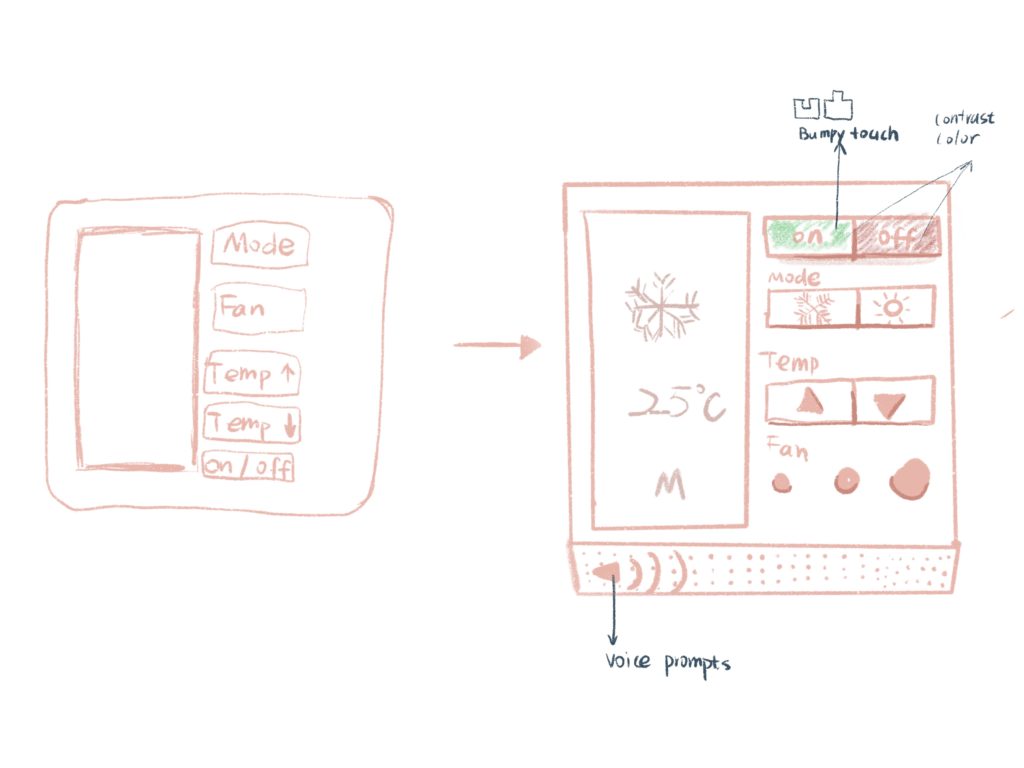As designers, we are more inclined to design based on problem-solving. Although we would not hesitate to protest because the museum did not plan a wheelchair ramp, we turned a blind eye to some obvious flaws in the interface, especially the poor visual design, which may become an obstacle to a good user experience. Although some people have been committed to helping disabled users adapt to this situation for a long time, we have reached a consensus that the majority of users look forward to products optimized for user needs.
According to statistics from the World Health Organization (WHO), 4% of the global population have a visual impairment, 4% of the weakest, and 0.6% of the blind. If your product neglects accessibility design, more than 500 million people will not be able to use your product. In 2017, the barrier-free environment ushered in a critical turning point. This is partly due to litigation-since 2015, more than 240 US companies have been sued for website accessibility (Wall Street Journal, paywall), and diversity and inclusion have become a priority for many large companies. If the company wants products to serve a wide range of audiences, then as a designer, you should care about your users and have empathy and humanity in the design.
At present, with the continuous improvement of people’s living standards, household appliances are becoming more and more popular, and the frequency of remote control as its control component is quite high; ordinary users can easily operate the keys, but for blind friends, there will be An insurmountable obstacle. Therefore, how to meet the needs of blind friends at the same time so that they can operate and control home appliances freely is also a problem we should address.
I looked around and found that the air conditioner remote control in the hotel had a touch screen. For a blind person, there was no way to use it without voice prompts and bumpy touch.


Nice sketches! I agree with idea that as designers, we are more inclined to design based on problem-solving. I can get your ideas from your sketches.
I liked when Ellen Lupton asked the audience who uses the captions in Netflix and how that helps not just people hard-of-hearing but those like myself who find it makes it easier to watch shows with people who have accents! I have also heard of people who used captions on videos to learn english! I really love the idea of tactile experience. It’s kinda bulky right now for the aesthetic of the times but I’m ready for it!
I appreciate how you did some research on the statistics of visual impairment, it helps as a designer to see the tangible number of people we could potentially be ignoring!